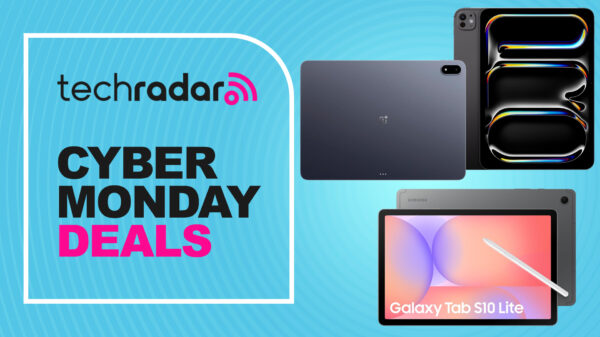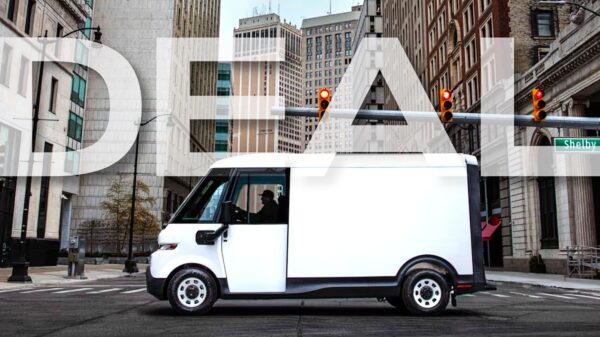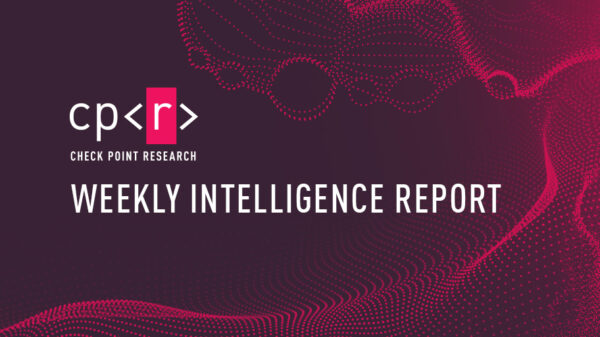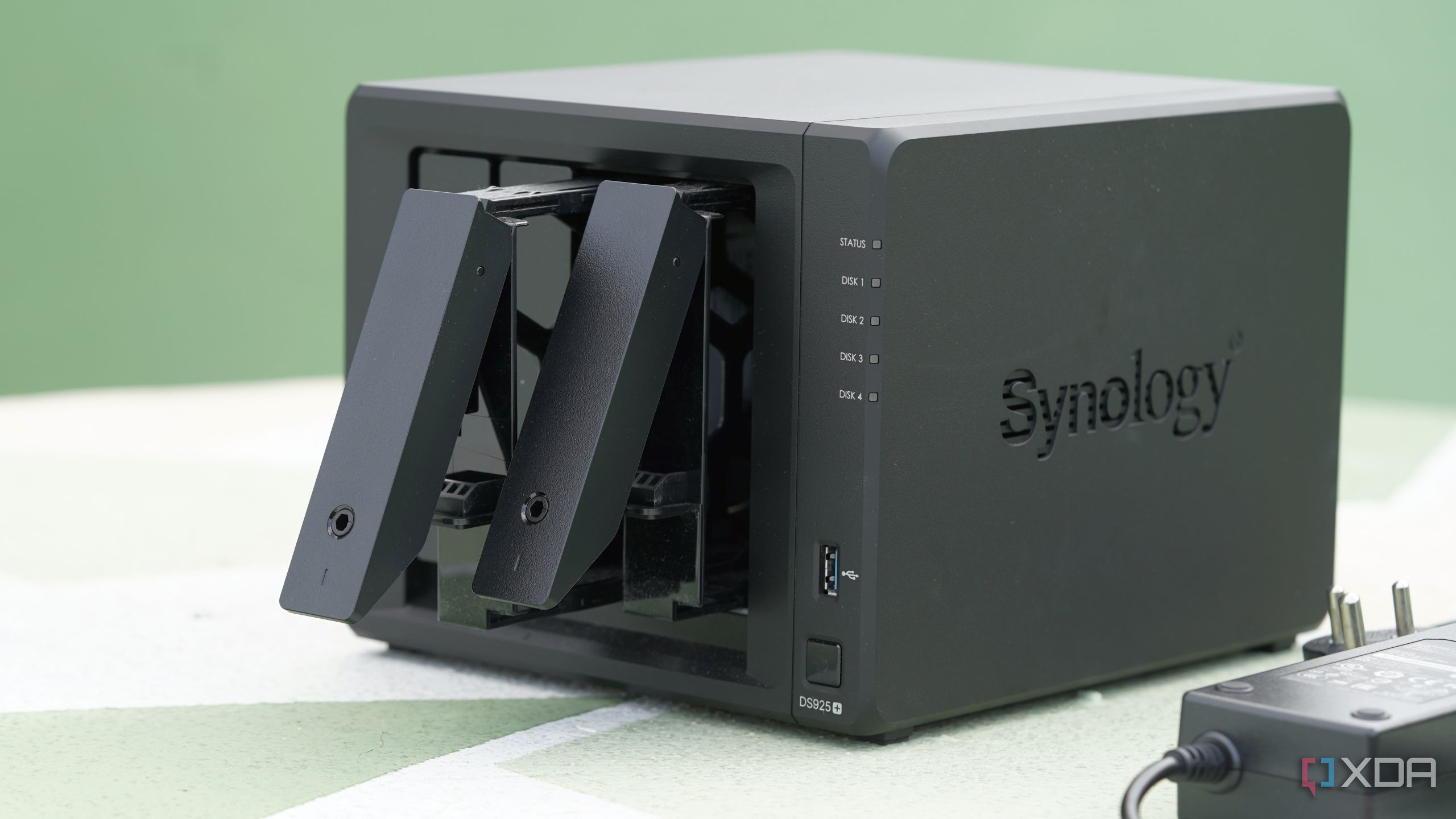Synology, a leading provider of Network Attached Storage (NAS) solutions, has drawn comparisons to Apple due to its well-designed software ecosystem and user experience. While this alignment offers several advantages, it also presents certain limitations that users should consider.
The Strength of a Cohesive Ecosystem
One of Synology’s standout features is its comprehensive ecosystem, which includes a suite of first-party applications. These tools, such as Synology Drive for file storage and Synology Photos for image management, create an interconnected environment that simplifies user experience. The ability to access these tools from anywhere through QuickConnect enhances convenience, allowing users to manage their data effortlessly.
The mobile applications provided by Synology are designed with aesthetics and functionality in mind, further enhancing the user experience. Their seamless integration means that relying on third-party applications often disrupts the streamlined workflow that Synology’s ecosystem offers.
User-Friendly Design and Dependable Hardware
Synology’s operating system, known as DiskStation Manager (DSM), has been widely praised for its clean and intuitive interface. Users familiar with Apple’s macOS will notice a functional similarity, as both systems prioritize ease of use. DSM is designed to be beginner-friendly, presenting options in a straightforward manner without overwhelming users with complexity.
The hardware lineup features a range of consumer and enterprise NAS models. From user-friendly options like the BeeStation to robust models such as the DS1825+, Synology products are known for their reliability and solid performance. Once set up, these devices require minimal maintenance, akin to the experience of using a MacBook.
Another noteworthy aspect of Synology’s offerings is the long-term support for its devices. Significant updates, such as the release of DSM-7, have rejuvenated older models, ensuring that even budget-friendly options receive essential security patches and updates for years. This longevity mirrors Apple’s approach to maintaining support for its older devices.
The Cost of Premium Experience
While the user experience is often top-notch, Synology products tend to carry a premium price tag. Compared to competitors that may offer superior specifications—such as faster CPUs or more RAM—Synology focuses on the entire user experience rather than just raw performance. This emphasis on quality, support, and an integrated ecosystem justifies the higher costs for many consumers.
Nevertheless, the premium pricing also brings challenges. Certain restrictions, particularly around hardware compatibility, can frustrate users who prefer a more open system. Recent updates have limited drive compatibility and removed some open-source applications from the Synology app store, which has led some users to explore alternative brands.
The Challenge of Leaving the Ecosystem
Investing in the Synology ecosystem can make transitioning to a different system daunting. The tight integration of Synology apps creates a strong incentive to remain within its environment. Users may find that migrating to alternative brands or DIY setups requires significant adjustments to their workflows, which many prefer to avoid.
While the ecosystem offers substantial operational efficiencies—such as streamlined backups and maintenance—leaving it can feel like relinquishing a well-structured safety net. Those who consider switching may quickly discover the complexities of adapting to a new system outweigh the desire for fewer restrictions.
In conclusion, Synology presents a compelling case for users seeking a cohesive NAS experience, drawing parallels to Apple in both its strengths and weaknesses. The decision to embrace or leave the ecosystem ultimately hinges on individual priorities regarding convenience, customization, and support. The balance between these factors will vary among users, making it essential to evaluate personal needs against the unique offerings of Synology.

